BY VILLAGE PRESERVATION | This is shaping up to be the most tumultuous July 4 weekend in modern American history. The civil rights of African Americans are foremost in the country’s consciousness. Celebrations recently rang out for the 51st anniversary of the Stonewall Riots and the Supreme Court’s decision that civil rights protections apply to L.G.B.T. Americans. In a little more than a month from now, on Aug. 18, is the centennial of the adoption of women’s suffrage by the United States.
And yet, the New York City Landmarks Preservation Commission and Mayor de Blasio have continued to refuse to recognize or protect sites key to the history of each of these three movements that have been the subject of a campaign for landmark designation by Village Preservation for nearly two years.
In addition to the sites where the nation’s oldest and largest African American and L.G.B.T. civil rights groups began anti-lynching and anti-discrimination campaigns, and where New York’s women’s suffrage movement was headquartered, the buildings proposed for landmark designation also include the site of the very first integrated musical recordings ever made, the first recordings made by jazz singer Billie Holiday, and the personal printing house of feminist icon Anais Nin.
City Councilmember Carlina Rivera, whose district includes several of the buildings, has also refused to support landmark designation. (The remainder of the buildings are located in district of City Council Speaker Corey Johnson, who has pledged to support designation.) Landmark designation of the buildings is supported by the NAACP and the National L.G.B.T.Q. Task Force, among many others.
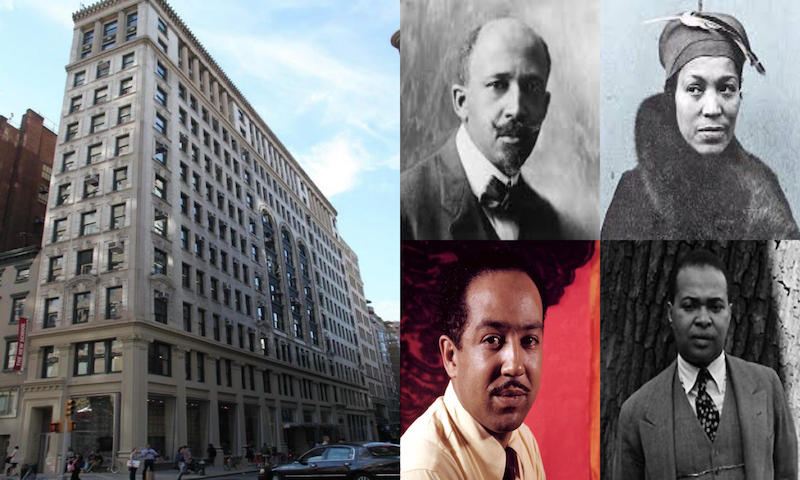
70 Fifth Ave. (13th St.) — This 1912 Beaux Arts-style office building housed the headquarters of the NAACP, the nation’s oldest and largest African American civil rights organization, from just after its founding in 1914 until circa 1925.
Here the NAACP began their anti-lynching campaigns (including introducing legislation still being debated today), began flying their “A Man Was Lynched Yesterday” flag, and began campaigns against discrimination against and segregation of African Americans, as well as defamatory portrayals in the media, like the film “Birth of A Nation.”
It was also here that the related The Crisis magazine began, edited by W.E.B. DuBois, the first magazine ever published for a black readership, which featured the early works of Langston Hughes, Countee Cullen and Zora Neale Hurston.
The building, a hub of left-wing progressive activity, also housed groundbreaking organizations dedicated to stopping the Armenian genocide and leading the Women’s Peace Movement. (For more information, click here and here.) Landmark designation of this building is supported by the NAACP.
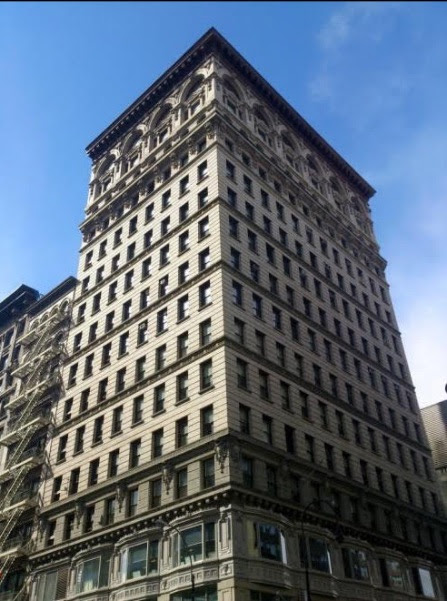
80 Fifth Ave. (14th St.) — This 1908 Renaissance Revival-style building housed the original headquarters of the National Gay Task Force (now the National L.G.B.T.Q. Task Force), the first and oldest national L.G.B.T. rights organization, from its founding in 1973 until 1985. Working and advocating from this location, the Task Force won groundbreaking campaigns to end the prohibition on the employment of gay and lesbian people in the federal government, got homosexuality removed from the American Psychiatric Association’s list of mental illnesses, set up the first meeting ever between the White House and a gay and lesbian group, and got legislation introduced extending civil rights and hate crimes protections to gay and lesbian people, and ending the ban on their serving in the military — measures which, in many cases, have only been enacted in recent years or even weeks.
The building also housed from 1930 to 1954 the headquarters of the International Workers Order (IWO), a mutual-benefit fraternal organization that led trailblazing fights against Jim Crow and discrimination against Jews and immigrants, fighting for integration in professional sports and the workplace. (For more information, click here and here
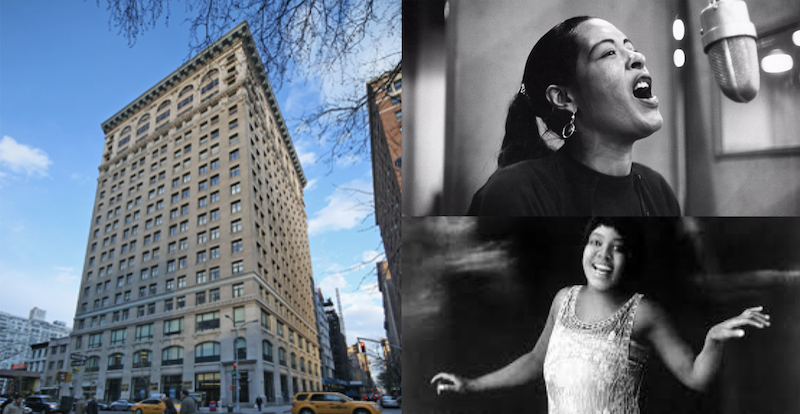
55 Fifth Ave. (12th St.) — This 1912 neo-Renaissance-style office building housed the Columbia Phonograph Recording studios in the 1920s and ’30s, where producer and civil rights activist John Hammond created the first integrated musical recordings, and where Billie Holiday made her first musical recordings.
Iconic feminist, L.G.B.T. and African American blues singer Bessie Smith also recorded here, and W.W. Norton & Co., publishers of seminal feminist text “The Feminine Mystique,” were also located here. (Fore more information, click here.) Landmark designation of this building has been supported by several scholars of musical history.
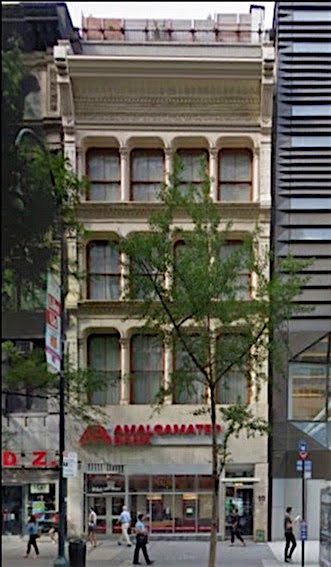
10 E. 14th St. — This 1884 cast-iron structure located just east of Fifth Ave. became in 1894 the headquarters of the New York City Woman Suffrage League, established to lead the campaign to seek an amendment to the New York State Constitution to give women the right to vote.
The league held rallies led by suffragist Elizabeth Cady Stanton and labor leader Samuel Gompers in support of their mission, which was not fulfilled until 1917 when New York State finally approved voting rights for women, and 1920 when the 19th Amendment was approved, 100 years ago, ratified on Aug. 18. (For more information, click here.)
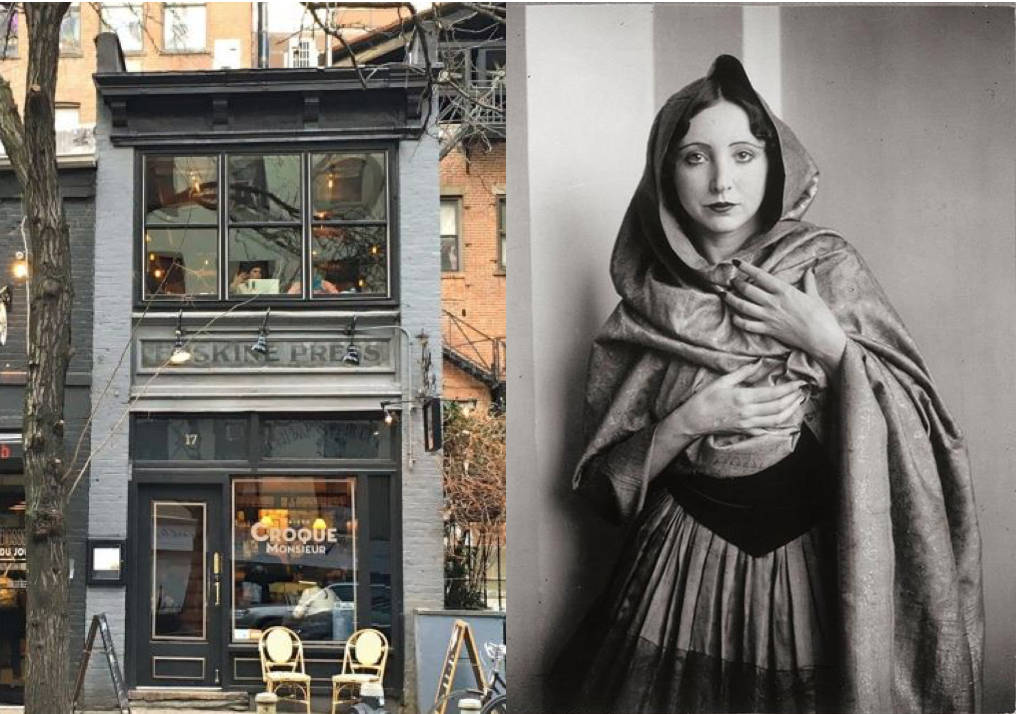
17 E. 13th St. (Fifth Ave./University Place) — This simple two-story 1911 brick structure was built to house Erskine printer’s press, whose name can still be seen above the doorway today.
However, by the 1940s, it housed the personal printing press of seminal revolutionary feminist writer Anais Nin, who personally supervised and designed the printing of her works here, which were transformative works of art, as well as literature.
The bisexual Nin, considered a trailblazer in feminist and L.G.B.T. writing, explored themes of sexuality and the psyche. Info here. Landmark designation of this building is supported by the Anais Nin Trust. (For more information, click here.)
Andrew Berman, executive director of Village Preservation, said it’s “high time” for these history-laden buildings to be designated for landmarking.
“At a time when we are seeking to recognize the value and contributions of African Americans, women and the L.G.B.T. community,” he said, “it is puzzling and frustrating that Mayor de Blasio, the city’s Landmarks Preservation Commission and Councilmember Rivera won’t support honoring and protecting these sites that are so crucial to the history of these groups and their struggles for equality. For two years, we have been waging this campaign and are yet to see progress from these city officials. As we contemplate our country’s past and future during the July Fourth holiday, it’s high time to honor and recognize these sites with landmark designation.”
For more information, see research by Village Preservation here and details on Village Preservation’s campaign south of Union Square here.

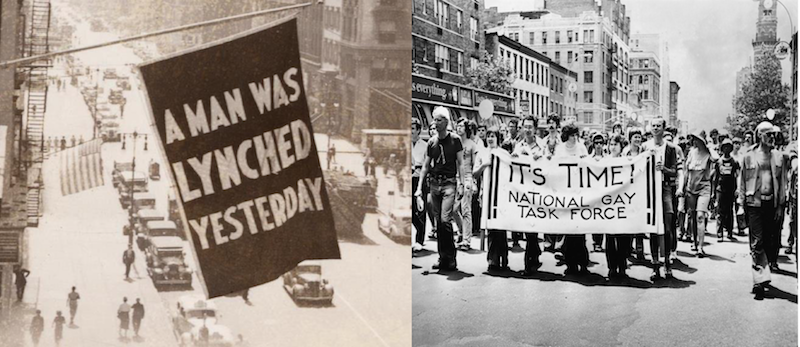
It’s obvious Rivera is as deep in the pockets of the real estate developers as diBlahblahblah is. She promised, before elected, to demand protections for the new “Tech Hub” area he’s forcing down our throats, only to renege and stand passively by while the St. Denis, rich in history, was bulldozed; that whole area around Broadway and University immediately south of 14th Street is now imperiled because she lied.